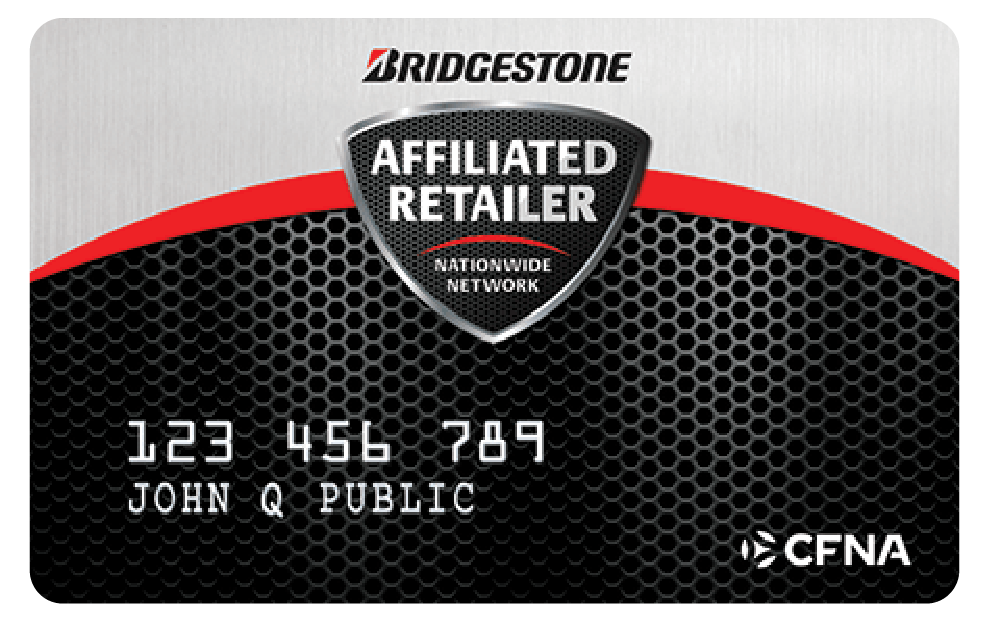Suspension & Shock Repair in Redwood City, CA
Enhance your driving comfort and control—schedule your steering and suspension check today!
Steering and Suspension Services FAQ
What are the signs that my car's suspension needs attention?
Signs of suspension problems include excessive bouncing or swaying, uneven tire wear, a rough or bumpy ride, knocking or clunking noises when driving over bumps, and difficulty steering or controlling the vehicle. If you notice any of these symptoms, it's essential to have your suspension inspected by a professional technician.What components make up my vehicle's suspension system?
Your vehicle's suspension system comprises several key components, including struts, shocks, control arms, tie rods, sway bars, ball joints, bushings, springs, and steering linkage. These components work together to provide stability, control, and comfort while driving.What is the difference between shocks and struts?
Shocks and struts are both essential components of a vehicle's suspension system, but they serve slightly different functions. Shocks primarily control the up-and-down motion of the vehicle, while struts perform a similar function but also provide structural support and help maintain proper alignment.How often should I have my shocks and struts inspected?
It's a good idea to have your shocks and struts inspected annually or if you notice any signs of suspension problems. Worn or damaged shocks and struts can affect your vehicle's handling, braking, and overall safety.What role do control arms play in the suspension system?
Control arms, also known as A-arms or wishbones, connect the suspension components to the vehicle's frame or body. They help control the movement of the wheels and maintain proper alignment, contributing to stability and handling.What are tie rods, and why are they important for steering and suspension?
Tie rods are critical components of the steering system that connect the steering rack or gearbox to the steering knuckles. They transmit steering input from the steering wheel to the wheels, allowing for controlled steering and alignment adjustments.What is the purpose of sway bars in the suspension system?
Sway bars, also known as stabilizer bars or anti-roll bars, help reduce body roll and sway during cornering by connecting the left and right sides of the suspension. They improve stability and control, especially in tight turns or sudden maneuvers.Can worn suspension components affect my vehicle's alignment?
Yes, worn suspension components such as control arms, tie rods, and bushings can affect your vehicle's alignment, leading to uneven tire wear and handling issues. It's essential to address suspension problems promptly to prevent further damage and ensure proper alignment.How long do suspension components typically last?
The lifespan of suspension components can vary depending on factors such as driving conditions, vehicle usage, and maintenance. On average, components like shocks, struts, and control arms may last anywhere from 50,000 to 100,000 miles or more. However, regular inspections and maintenance can help prolong their lifespan.What maintenance tasks can help prolong the life of my vehicle's suspension system?
Routine maintenance tasks such as inspecting for signs of wear or damage, lubricating moving parts, checking and adjusting alignment, and replacing worn components as needed can help keep your suspension system in good condition and extend its lifespan.How do I know if my vehicle's suspension needs repair or replacement?
If you experience any of the symptoms mentioned earlier, such as excessive bouncing, uneven tire wear, or unusual noises, it's essential to have your suspension inspected by a qualified technician. They can diagnose the issue and recommend the necessary repairs or replacements to restore your vehicle's performance and safety.




